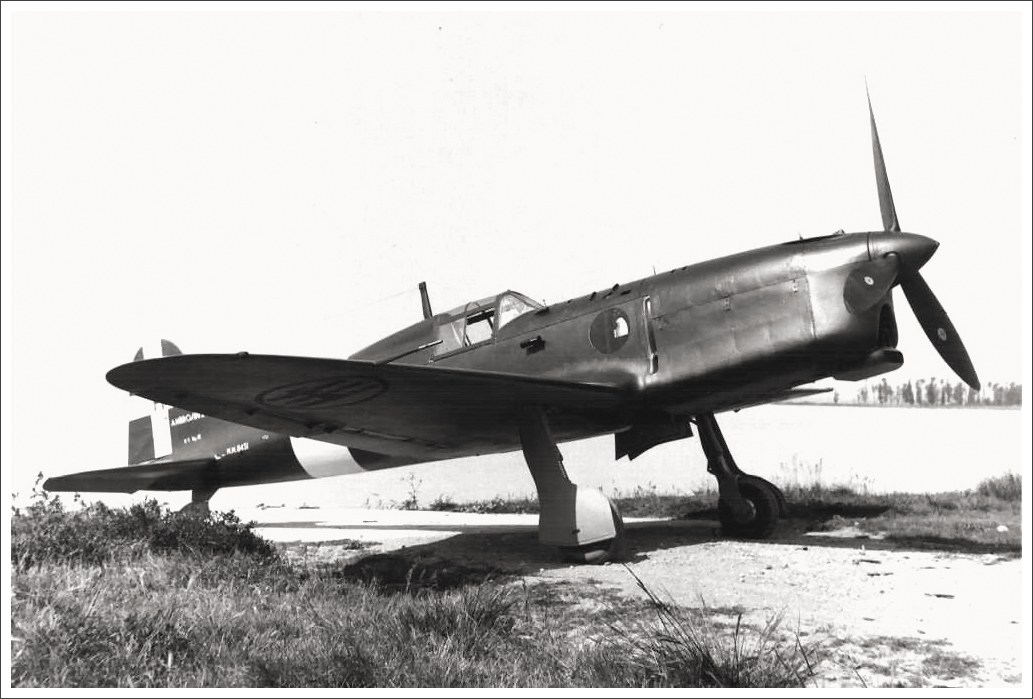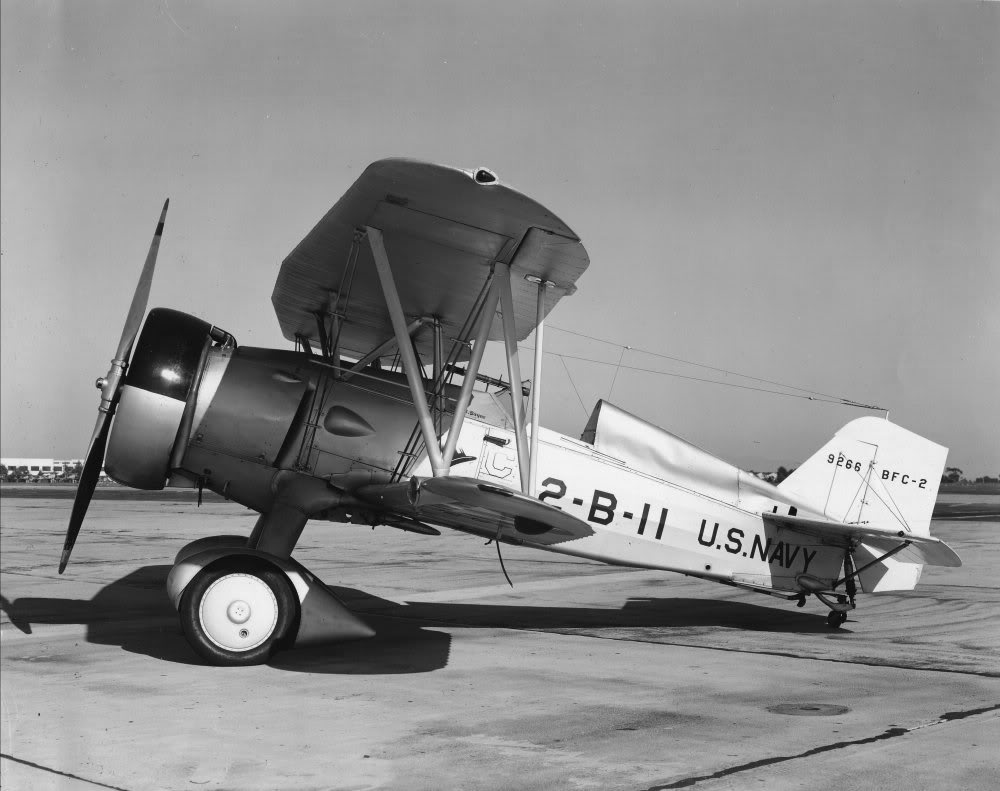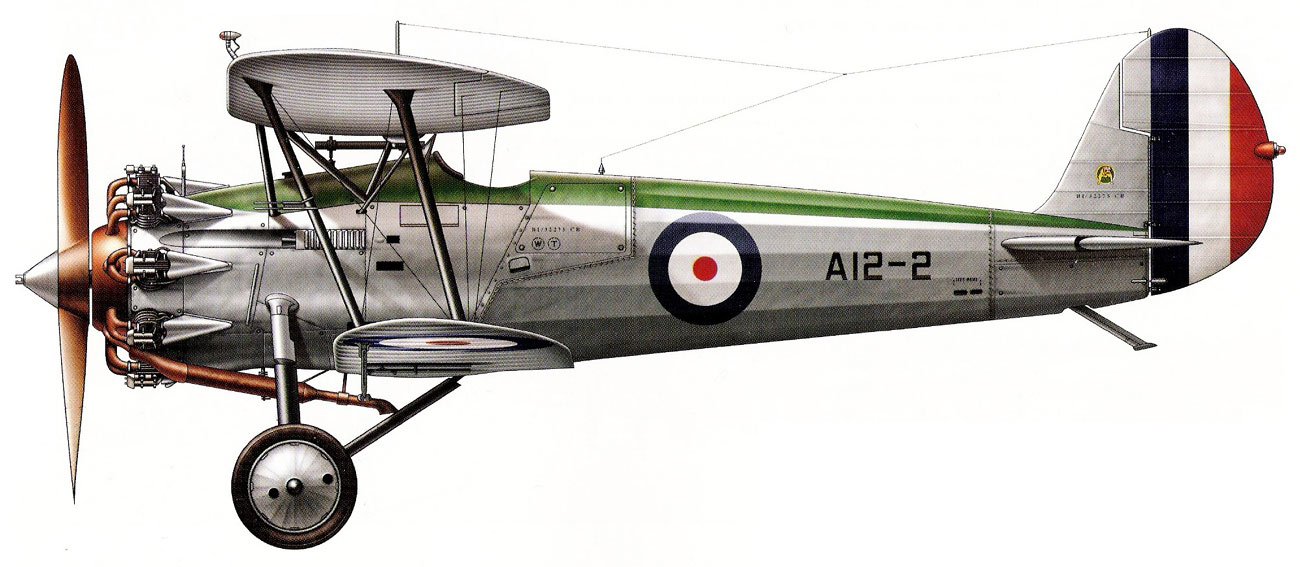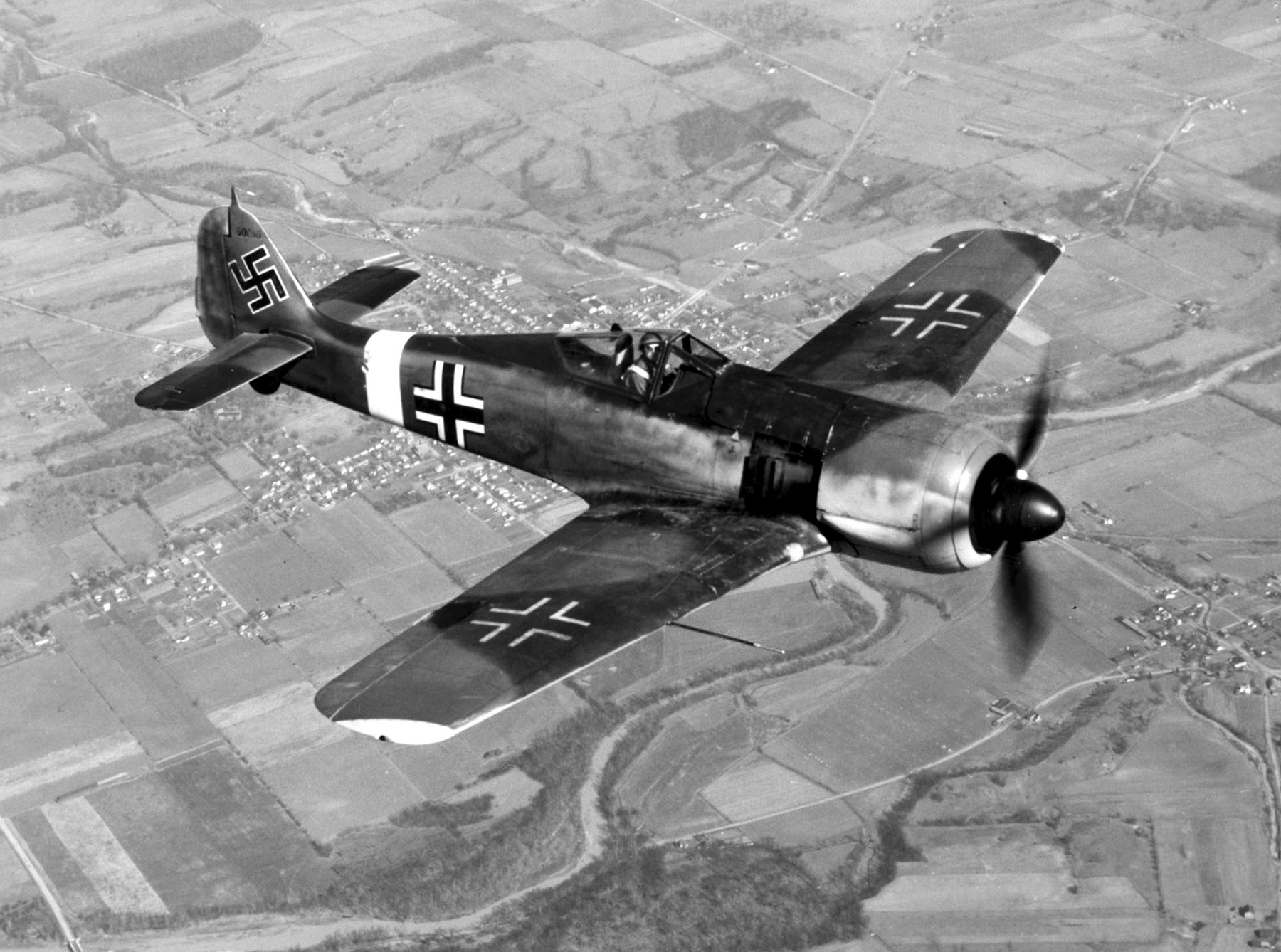1. Ambrosini SAI.207 – Italy

Ambrosini SAI.207 was a plane built entirely of wood. It was light fighter interceptor aircraft, and it was used by Italian army. Ambrosini SAI.7 was in fact the predecessor of this aircraft. WHen Ambrosini SAI.7 was developed further and Ambrosini SAI.107 was made, this was good enough for the Italians because the whole concept of light fighter planes was proved. First prototype of this plane was even named Ambrosini SAI.107, and it was flown in 1940. Next two prototypes were named Ambrosini SAI.207.
It was powered by only one 750 hp Isotta-Fraschini Delta engine, and it could reach speed of 580 km/h. It was primarily used by Regia Aeronautica, but it wasn’t very successful. Despite all of its good characteristics, this is one of the WW2 planes that didn’t quite impress soldiers. In the summer of 1943, the usage of Ambrosini SAI.207 went to retirement.
2. Curtiss F11C Goshawk – United States

Curtiss F11C Goshawk was used by United States that was introduced in 1932. It was naval biplane, and it was just one of the planes in the Curtiss Hawk series, which was built by Curtiss Aeroplane and Motor Company, for the US military purposes. This plane was an improved version of Curtiss F6C Hawk, and it contained some pretty big changes. First of all, it had 450 kW Wright R-1510-98 engine, and it could carry a 215kg bomb. It was produced in two versions, Hawk I and Hawk II, and only 19 Hawk II planes were exported to Turkey in August, 1932. Also, Colombia ordered 26 float fighters which were delivered to them in 1934. Thailand ordered 12 planes, and they were named Thai Hawk III. Thai Hawk III was used against Royal Army, and there are records showing that one Thai Hawk III was shot down in 1944, but pilot escaped using parachute.
First of all, it had 450 kW Wright R-1510-98 engine, and it could carry a 215kg bomb. It was produced in two versions, Hawk I and Hawk II, and only 19 Hawk II planes were exported to Turkey in August, 1932. Also, Colombia ordered 26 float fighters which were delivered to them in 1934. Thailand ordered 12 planes, and they were named Thai Hawk III. Thai Hawk III was used against Royal Army, and there are records showing that one Thai Hawk III was shot down in 1944, but pilot escaped using parachute.
3. Bristol Bulldog – United Kingdom

This aircraft was single-seat biplane fighter, and it was introduced in 1929. It had a wingspan of 10.3m and length of 7.67m. A number of 400 planes was produced for the usage of Royal Air Forces and other customers. There were as many as four primary users of Bristol Bulldog: United Kingdom, Latvia, Australia and Finland.
It is interesting, though, that United Kingdom has never used Bristol Bulldog in a fight. It was used only for a short amount of time during Abyssinia Crisis, and that’s it. Instead, Bulldog found its first victory under the command of Finnish Army, on 1st December 1939. Also, models that were sold to Latvia were later used by Spanish Republican Air Force during Spanish Civil War.
4. Focke-Wulf Fw 190 – Germany

Focke-Wulf Fw 190 was introduced in 1939, and it was one of the WW2 planes used by Germany (Luftwaffe). Other important users of Focke-Wulf Fw 190 were Hungary and Turkey. It had two types: Fw 190 A-8 which was 9m long and had a wingspan of 10.51m, and Fw 190 D-9 which was 10.2m long with a wingspan of 10.5m.
Out of all German WW2 planes, Fw 190 is one of the best, because it was used in every major air combat after 1941. In most of the versions, it was powered by twin-row BMW 801 engine.
